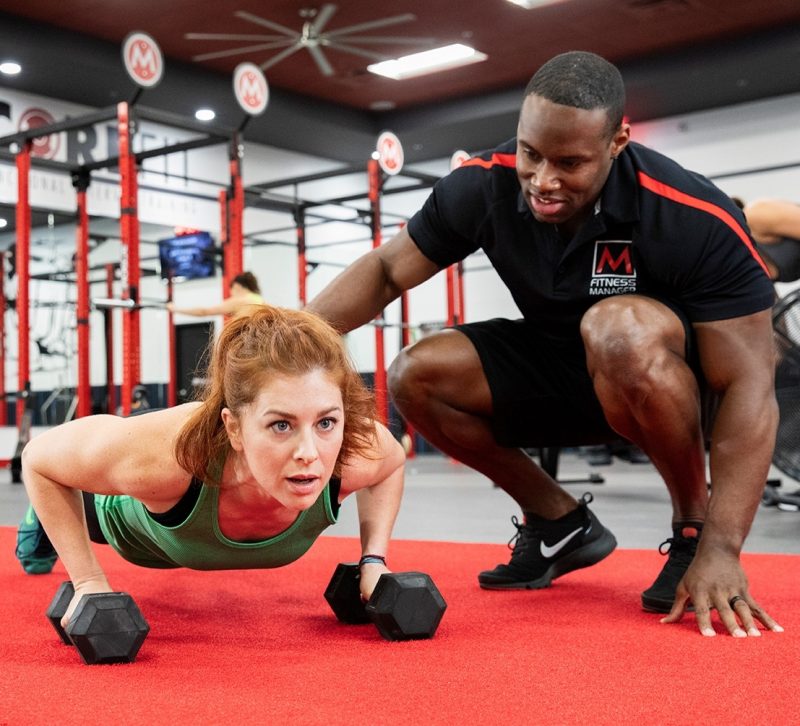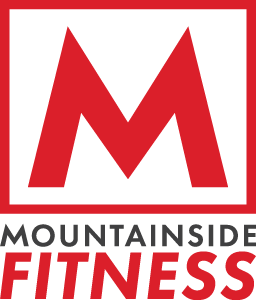The beginning of the year is when we typically set new goals and start paying more attention to our habits. Whether it’s in relationships, finances, careers, or even health and wellness, these are all areas that play important roles in our lives and impact our overall well being. We asked our personal trainers to submit their best health and fitness tips to help you kickstart 2020!
Switch it up!
We often run into something called a plateau within 6-8 weeks of starting a workout plan, this can be quite deterring as it may show loss of progress. When all we need to do is add a new variable to the workout, getting outside of the standard 3 sets of 10 mindset and add in tempo training, timed workouts, changes in equipment, active and passive resistances, etc. the list can indefinitely change. Especially, when working with a knowledgeable and experienced fitness professional who can take the guesswork out for you.
Engage the Spine
The term “functional training” often has many definitions and used in many programs. For us the term means one simple thing, to engage the spine, so any movement would utilize the muscles that encompass the core and low back as we work on strengthening other muscle groups. A crunch by itself is not the most beneficial functional movement in our opinion, but a medicine ball slam would engage any muscle that someone would use picking up and setting things down, a functional daily movement for all ages!
True Fitness
Developing great fitness means building more than just strength, muscle mass, or endurance. True fitness means cultivating all ten fitness skills, which include endurance, stamina, strength, flexibility, power, speed, agility, balance, coordination, and accuracy. Because of the integrated and diverse range of training activities functional workouts provide, you have a greater opportunity to cultivate the full spectrum of fitness skills, rather than just one or two.
1 lb. of Muscle vs. 1 lb. of Fat
One pound is one pound no matter how you weigh it, but the volume is what matters the most. Muscle will take up far less space than fat and we will see our greatest changes in physiology in size measurements than the all-mighty scale. When looking for changes, we always like to focus on belt loops, pant size, shirt size, or dress size over what the scale says. As we are adding lean muscle we are creating a more efficient calorie-burning body. Which could in turn over time create a proper calorie deficit from added muscle density for the body to efficiently burn its own body fat and overtime is where we would see the greatest changes in composition.
You need diet AND fitness
Members of the National Weight Control Registry are people who have lost weight and kept it off successfully for a minimum of one year. Of these people, 89% use a combination of diet and exercise, although 10% have had success using diet alone and 1% used exercise alone. However, research shows that the combination of exercise and diet is more effective than diet alone. Furthermore, while diet alone helps you lose weight, it is exercise that improves your physical fitness. (ACE FITNESS)
Increase Life Expectancy
People who are physically active for approximately seven hours a week are 40% less likely of dying early than people who are only active for less than 30 minutes a week. (CDC)
Grab a Workout Buddy
A study by the University of Aberdeen found that people who worked out with a partner exercised more than those who followed their regular routine. Additionally, the study found that people who offered emotional support and encouragement to their partners were more likely to exercise than partners who only offered practical support, like never missing a session.
Your Heart Matters
When we become middle-aged, muscle mass gradually diminishes by up to about 1% a year in a process called sarcopenia. Women also are in danger of losing bone mass as they age, especially after the onset of menopause. Some studies have shown that moderate to intense strength training not only builds skeletal muscle but increases bone density as well. During cardio exercise, the heart fills up with blood and pumps it out to the rest of the body: As a result, Potteiger said, “the heart gets better and more efficient at pumping.” But during resistance training, muscles generate more force than they do during endurance exercises, and the heart is no exception, Potteiger said. During a strength workout, the heart’s muscle tissue contracts forcefully to push the blood out. Like all muscles, stress causes small tears in the muscle fibers. When the body repairs those tears, muscles grow. The result is a stronger heart, not just one that’s more efficient at pumping. (LA TIMES)
If you have questions about your 2020 health goals, do not hesitate to ask one of our Personal Trainers. You can also book a FREE consultation here!
Looking for a group fitness class? Check out our schedules here.


